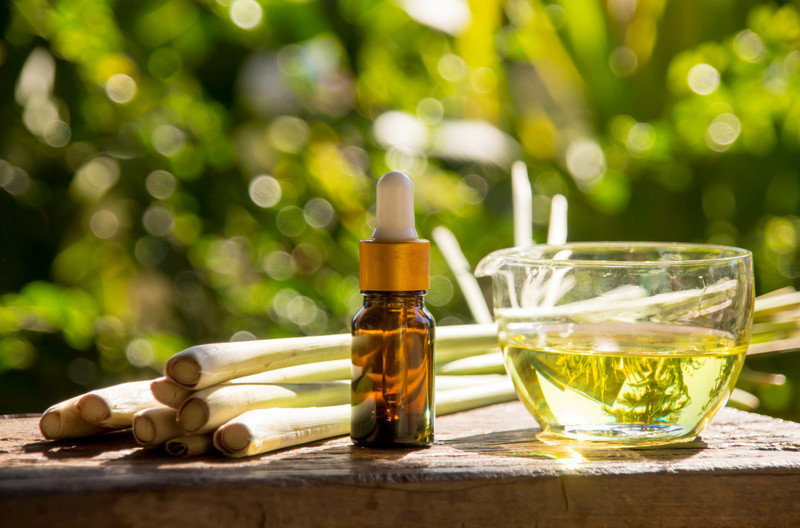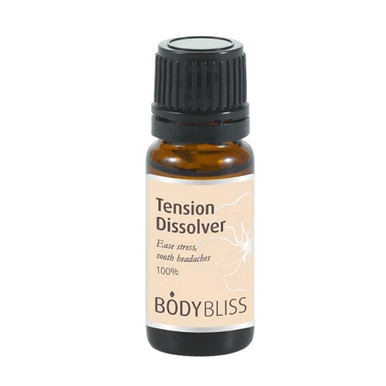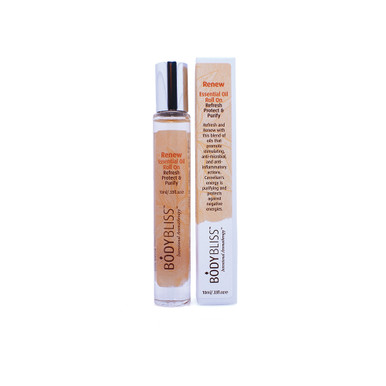Essential Oil of the Month: Lemongrass
The cooling, refreshing and energizing scent of Lemongrass brings the perfect solution to the warm, sticky, buggy month of July. Most of us celebrate this month with parades, picnics, friends, and family gatherings and, of course, the Fourth of July! Lemongrass adds its happy, uplifting, invigorating scent to these celebrations, along with some other important properties.
One of its best-known uses is as an insect repellent, and what picnic or outdoor gathering is without these annoying, uninvited guests? Lemongrass can deter such pests as flies, gnats, moths, mites, mosquitoes, fleas (do not apply directly to animals), snails and ticks. Combining Lemongrass with Lavender, Geranium or Peppermint can smooth its pungent scent and enhance its insect-repellent qualities. All of this with no chemical intervention or mass extermination. Afterall, we want to protect our pollinators such as bees and butterflies, not to mention our own health!
In addition to a mist or stick (see our bug mist and bug stick), insects can be further deterred by soaking ribbons in a mixture of Lemongrass and water, then hanging those ribbons near your outings.

But Lemongrass is much more than an insect repellent. It is also a natural deodorant for those “sticky” hot days. In addition, it is sometimes known as the “connective tissue essential oil” because of its tightening and toning qualities. It is also used to relieve muscular and joint aches and pains, digestive issues, nervous conditions and even acne! In Asian cultures, it was used in what was called “fever tea” to reduce fevers, for headaches and stomach aches, as well as sore muscles and joints.
Initially revered for culinary purposes, (you may recognize it in your Thai, Indian or other Asian cuisine), its therapeutic uses quickly became known and used. There are two varieties of lemongrass, Cymbopogon flexuosus and Cymbopogon citratus. While they can both potentially be used in the culinary field, the former is more commonly used as an essential oil in aromatherapy while the citratus variety is used in its herb form for culinary purposes.
A Sri Lankan researcher by the name of J.F. Jovit is credited with the research and spread of Lemongrass in 1905 when he collected the plants, planted them on a farm and researched them and the oil that they produced.
The first commercial cultivation of Lemongrass oil was not until 1947 in Florida and Haiti. The closely related citronella oil was displayed at the World’s Fair at London’s Crystal Palace in 1951. While you will find citronella in many commercial insect repellents, Lemongrass is a natural, gentler yet effective choice.
Lemongrass blends well with:
Lavender, Frankincense, Bergamot, Grapefruit, Cedarwood, Lemon, Rosemary or Ylang ylang

Product Suggestions Featuring Lemongrass
Precautions: Possible skin sensitivity. Keep out of reach of children. Avoid direct contact with eyes, inner ears, and other sensitive areas. If you are pregnant, nursing, or have any underlying health conditions, consult with your health care professional before using essential oils or other personal care products.Do not use neat (undiluted) on skin.







